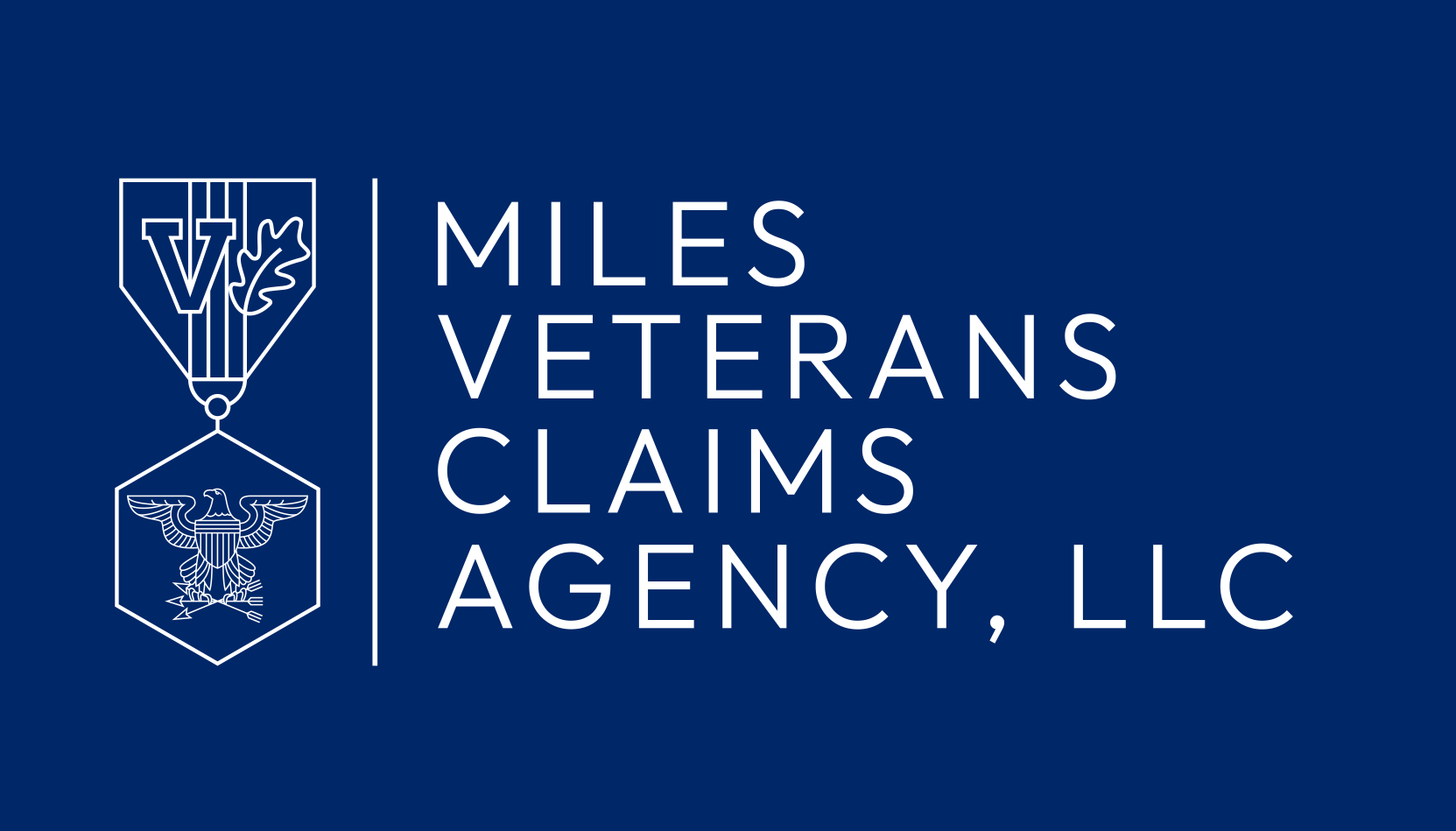One thing that drives me crazy is when VA doesn’t follow their own rules. A common one is when you get denied because you filed for the wrong diagnosis but they didn’t consider related ones. Remember: the veteran is not required to give a specific diagnosis (and I recommend you don’t). All you have to do is describe your symptoms.
One of the big things to understand is the scope of claim, which is not only the explicitly claimed conditions but also those reasonably implied by the evidence provided. This comprehensive guide outlines the key aspects of scope of claims and provides real-world case studies to illustrate how it works in practice.
What Does “Scope of Claim” Mean?
The “scope of claim” is not limited to the exact words or conditions a veteran lists in their application. Instead, it includes:
- Explicit Claims: Directly stated conditions, such as “left knee pain.”
- Implied Claims: Conditions or entitlements reasonably raised by the evidence or application, even if not explicitly stated.
- Secondary Conditions: Disabilities resulting from or aggravated by the primary condition.
Legal Framework Supporting Scope of Claim
- Clemons v. Shinseki, 23 Vet. App. 1 (2009):
Veterans’ claims for mental health disorders must be construed broadly, encompassing all diagnoses supported by symptoms described. - DeLisio v. Shinseki, 25 Vet. App. 45 (2011):
VA must consider all issues raised by the evidence, even if the veteran didn’t explicitly claim them. - 38 C.F.R. § 3.310:
Governs secondary service connection, expanding a claim to include conditions caused or worsened by a service-connected disability.
Case Studies: Real-World Examples
Case Study 1: Expanding a Mental Health Claim
Scenario:
John, a Vietnam veteran, files a claim for Post-Traumatic Stress Disorder (PTSD) due to combat experiences. During his medical examination, the VA psychiatrist diagnoses him with major depressive disorder in addition to PTSD.
Outcome:
The VA expands the claim to include major depressive disorder as part of the broader mental health condition. This reflects the principles outlined in Clemons v. Shinseki, which ensure that veterans receive compensation for all conditions related to their described symptoms.
Key Takeaway:
Veterans don’t need to know their exact diagnosis—describing the symptoms is sufficient to invoke a claim’s broader scope.
Case Study 2: Secondary Conditions Related to a Physical Disability
Scenario:
Maria, a Gulf War veteran, files a claim for a service-connected knee injury. Over time, she develops chronic back pain due to altered gait caused by the knee injury.
Outcome:
The VA considers her chronic back pain as a secondary condition and grants service connection for it under 38 C.F.R. § 3.310. Maria now receives compensation for both the knee injury and its resulting effects. VA almost never does this. It’s grounds for an appeal.
Key Takeaway:
Secondary conditions that arise from primary service-connected disabilities are automatically included within the scope of a claim.
Case Study 3: Incorrect Denial Based on Narrow Interpretation of Claim
Scenario:
Jessica files a claim for foot pain, which she attributes to long marches during her service. The VA denies the claim, stating there is no diagnosis of a specific foot condition like plantar fasciitis. However, Jessica’s medical records mention stress fractures.
Outcome:
On appeal, the VA acknowledges the error and awards compensation for the stress fractures, as they were reasonably encompassed within the scope of Jessica’s original foot pain claim.
Key Takeaway:
Even if the VA denies a claim, veterans should appeal when they believe related conditions were overlooked.
Practical Advice for Veterans
- Detail Your Symptoms Thoroughly:
Use lay statements and medical evidence to describe all symptoms, even if you’re unsure of the diagnosis. File your claim broadly. On the claim form, if you have sinusitis, file for respiratory condition. If you have anxiety, file for mental health condition. That way, if the C&P exam diagnoses a different condition, they have to consider it. - File for Secondary Conditions:
If you suspect a condition is related to a service-connected disability, include it in your application or appeal. - Leverage VA Case Law:
Familiarize yourself with rulings like Clemons and DeLisio to understand your rights. - Work with Experts:
Seek help from VA-accredited representatives or attorneys to maximize the scope of your claim.

